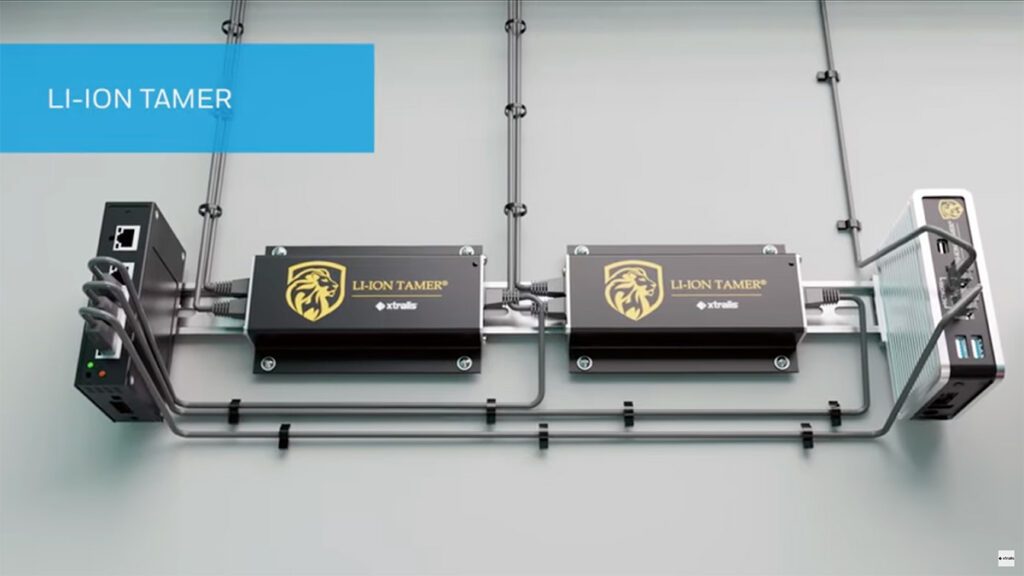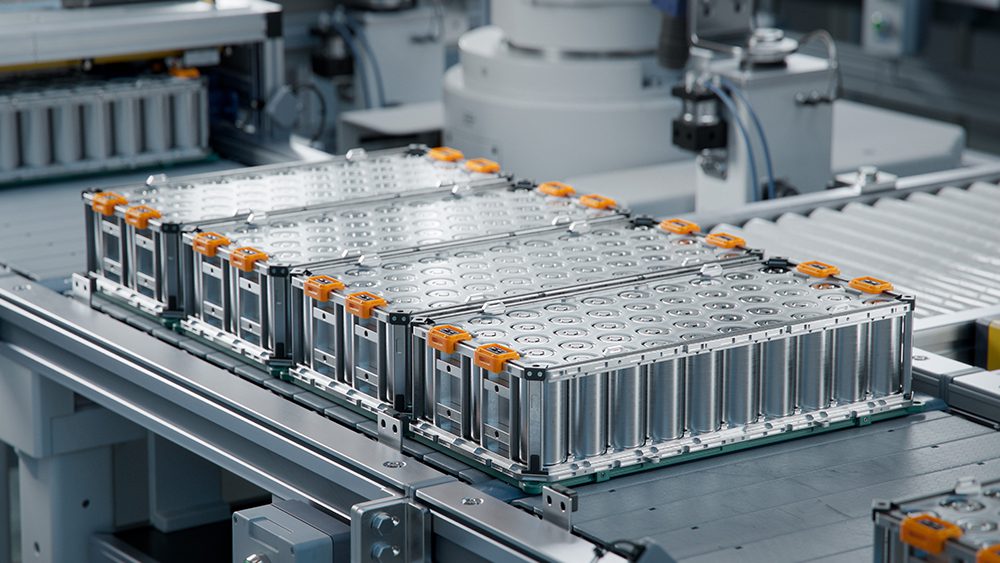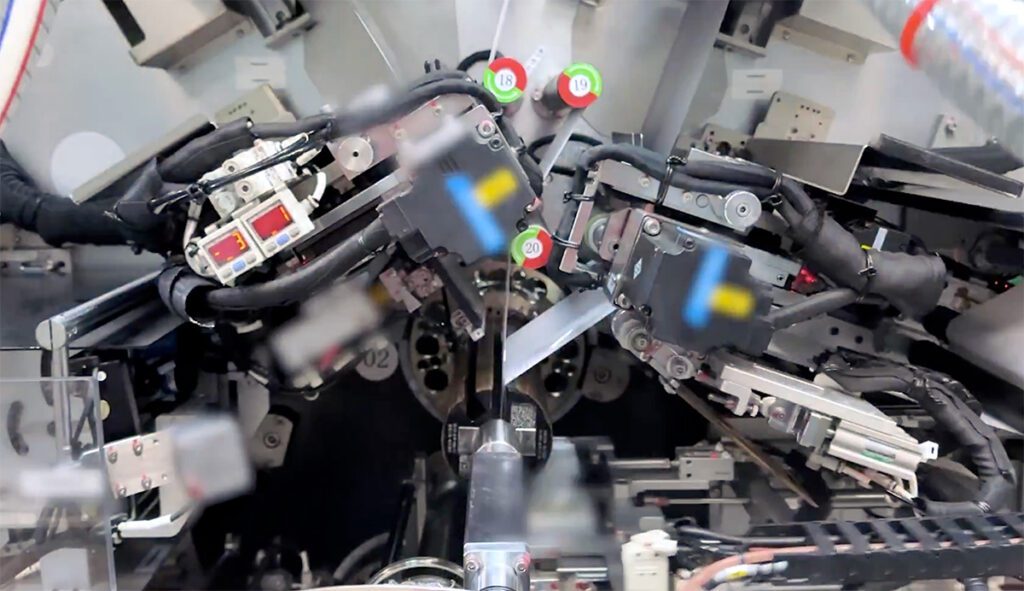Tesla had a rough week. In its first-quarter 2019 earnings report, it described a loss of $702 million, or $4.10 per share – quite large even by Tesla’s standards, and greater than the $1.81 per share that Wall Street analysts (surveyed by FactSet) had forecast. Q1 revenue of $4.54 billion also fell short of expectations, although it did represent an increase from the $3.4 billion reported a year ago.
Savvy Tesla-watchers understand that the things that really matter are demand for the company’s vehicles and the gross margin earned on each vehicle, and here there is cause for concern. Deliveries are down, though the jury’s still out on whether this represents growing pains or a long-term decrease in demand. Model 3 gross margin was around 20% in Q1, which is a healthy figure, but one that will probably decline as Tesla delivers more lower-priced variants of the vehicle.
“We produced roughly 63,000 Model 3 vehicles in Q1, which was approximately 3% more than the previous quarter. This improvement in production rate was modest mainly due to changes to the production process for the introduction of new variants of Model 3, fewer working days and a supplier limitation.
“Deliveries of Model S and Model X declined to 12,100 vehicles in Q1 compared to our two-year run rate of roughly 25,000 units per quarter. This decline was mainly caused by weaker Q1 demand due to seasonality, pull-forward of sales into Q4 2018 in the U.S. due to the first scheduled reduction of the federal EV tax credit in Q1 and discontinuation of our 75 kWh battery pack. We also had a mismatch between orders and deliverable cars. For example, due to adjustments in pricing mid-quarter, the take rate for the performance versions of Model S and Model X increased faster than we were able to supply.”
As always, there are plenty of promises of future glory to offset today’s pain. At its Autonomy Investor Day, two days before the earnings report, Tesla highlighted the progress it’s making on its Autopilot system, and demonstrated its Full Self-Driving (FSD) computer, which is now included in all Teslas being produced. The company has announced a powertrain upgrade for Models S and X, which will give the two flagship vehicles EPA ranges of 370 miles (Model S) and 325 miles (Model X), extending the wide lead they have over all other production EVs.
Here’s an intriguing tidbit from the Q1 Shareholders Letter:
“We intend Model 3 to be the first step in a platform which we can cost effectively and quickly replicate across geographies and vehicle types. We have spent years developing this platform, and Gigafactory Shanghai and our planned Model Y production line will be the first to reap the benefits of this investment. Learning from our experience, we can now build a second-generation Model 3 line in China that we expect will be at least 50% cheaper per unit of capacity than our Model 3-related lines in Fremont and at Gigafactory 1. Our Model Y manufacturing capacity will have the same simplicity as the line planned for Gigafactory Shanghai.”
Tesla says it expects to deliver 90,000 to 100,000 cars in the second quarter, and return to profitability in the third quarter.
Wall Street wasn’t mollified – following the earnings report, TSLA stock plunged to its lowest levels in two years. Compounding the downward pressure is the likelihood that the ambitious plans for the Shanghai Gigafactory, Model Y, Roadster, the Semi and the Tesla Pickup will require raising more capital. Tesla ended the quarter with a reasonably healthy $2.2 billion in cash, but Musk said, “There is some merit to raising capital…It’s probably about the right time.”
Wall Street analysts delivered scathing reviews, using words like “debacle” and “ugly.” Bernstein analyst Toni Sacconaghi called demand “the elephant in the room,” and complained that Tesla’s report and conference call offered little solid information. “We can’t help feeling that Tesla side-stepped the issue on last night’s earnings call, with management resorting to prognostications rather than providing incremental data points.”
Others were more optimistic. “Although logistical challenges had an obvious impact on Q1 profitability, we think this was temporary,” Piper Jaffray analyst Alexander Potter wrote. “Guidance implies a second-half recovery for both deliveries and margins, and this seems reasonable to us.” The first quarter “suffered from a particularly nasty combination of headwinds, including seasonality, a big buildup of non-US deliveries…as well as the expiration of tax incentives in the United States.”
Sources: Tesla, EVannex, New York Times, MarketWatch





















































































